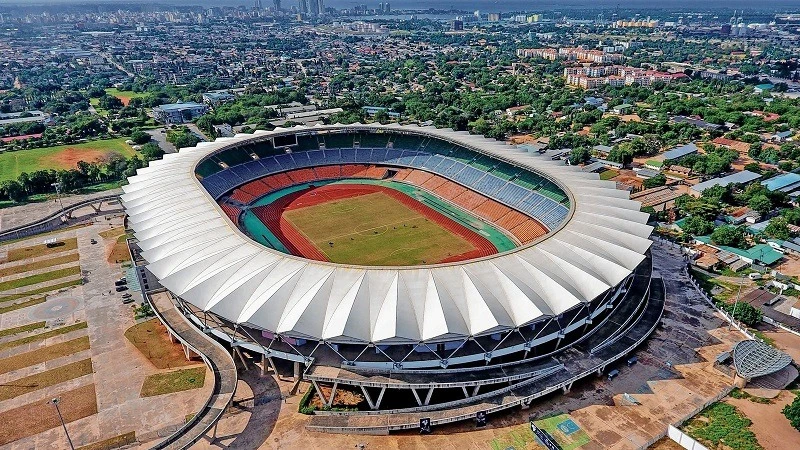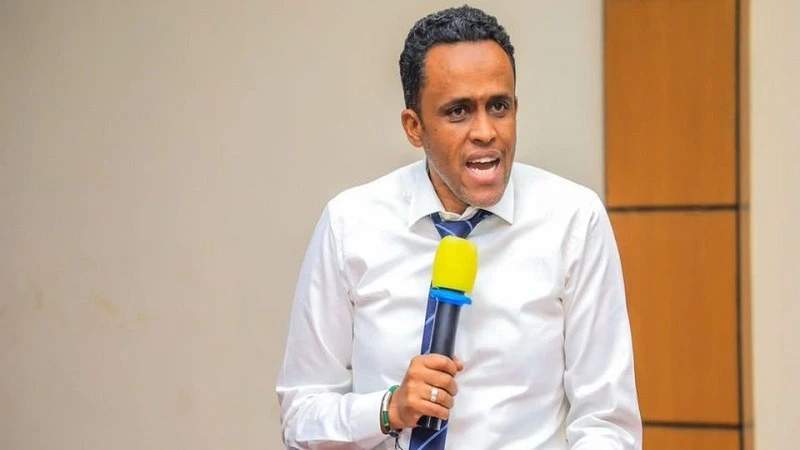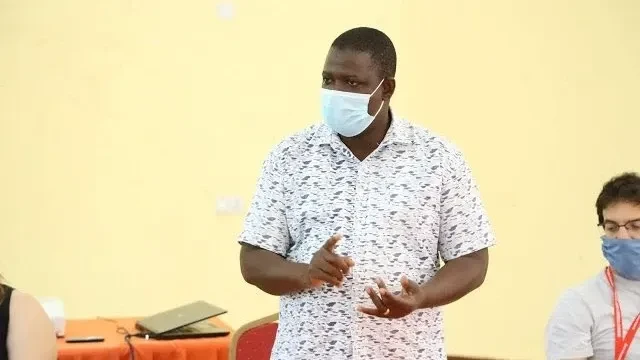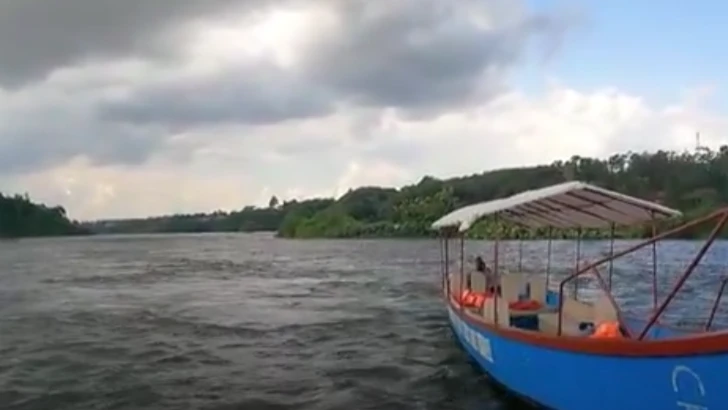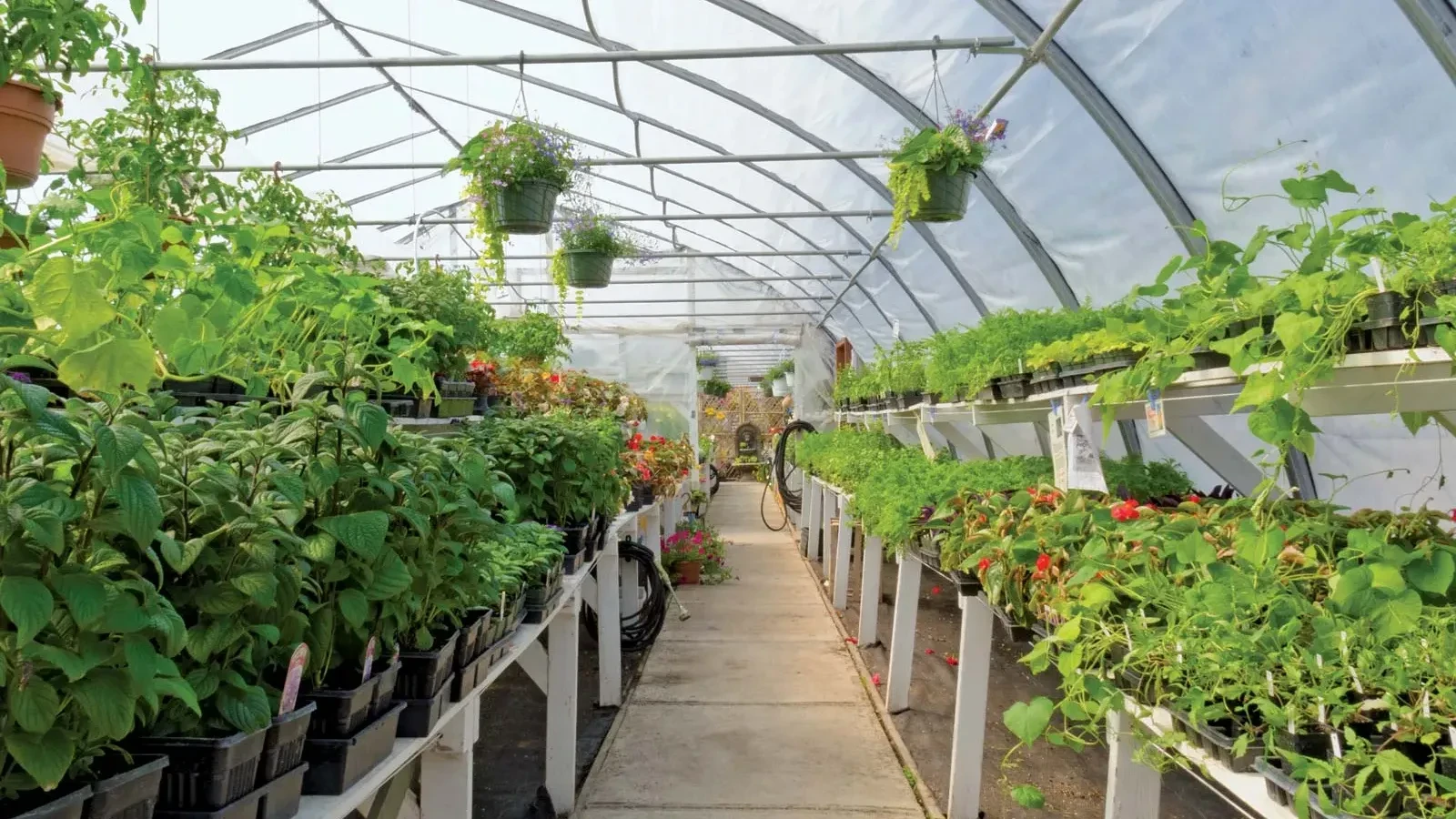First-quarter’s 6.18trn/- in investments shows changes in international climate

A total of 201 new investment projects valued at 6.18trn/- are reported to have been registered in the country in the first quarter of the current financial year (July to September).
While not all projects being registered actually take off and blossom, moving up to registration isn’t the same thing as merely sounding out investment ideas. By the time someone seeks registration, chances are that there is considerable satisfaction with the situation on the ground pointing to potentially viable projects.
When the authorities say registered projects have the potential to generate over 20,800 new jobs in industry, transport, tourism and agriculture, it looks mouth-watering.Remarks that the strong performance shows that investor confidence remains resilient even if the looming national elections sort of sidestep the core issue.
While the situation could have dented the turnout, what with hitherto export-oriented free trade now under wraps, options for where to invest are taking a different turn. It is in local markets that are growing, and proximity with other growing markets, largely advantageous to us.
Similarly, the fact that the project figures show that confidence is well spread across various sectors and regions is not surprising, for this changing investment logic works in an all-round manner.
Calling on local service providers to be alert to the opportunities ahead was one thing, but there are opportunities that those in charge of investments scarcely talk about.
Some relate to the fact that we are increasingly becoming sort of a Diaspora dimension of other countries, those who come here on short tours of duty and then remain. At times they invest and, if they are young, they may create family units – meaning that they don’t intend to go too far away.
In that sense, the 20,000 new jobs the chief regulator for investments talked about are only the starting point, as even the few foreign personnel likely to accompany a large number of the project implementers are often likely to sink their roots in the local environment.
So we talk about being aware of the service provision basically on a project supply chain, meanwhile as other links are formed at an investment level – one being the purchasing of plots for residential housing, the plan being to scale off haphazardly developed areas often on slopes of rivers that now run torrents of gushing water when it rains rather heavily.
Maps of these areas that can scarcely be face-lifted and redrawn so that when an investor or a visitor presents a plan for a housing unit on a certain scale of costs and even the likely social environment, it is redeveloping such area that is pursued as a priority.
Investors are thus linked with those not supposed to refurbish their houses in the zone but, rather, sell and quit, as often there is no building agency or housing conglomerate wishing to expand to those areas.
It matters much when visitors of this sort deposit substantial amounts of money for the execution of future projects that also help local banks to gain in liquidity, getting more capable of offering short or medium term loans with greater ease.
Top Headlines
© 2025 IPPMEDIA.COM. ALL RIGHTS RESERVED


